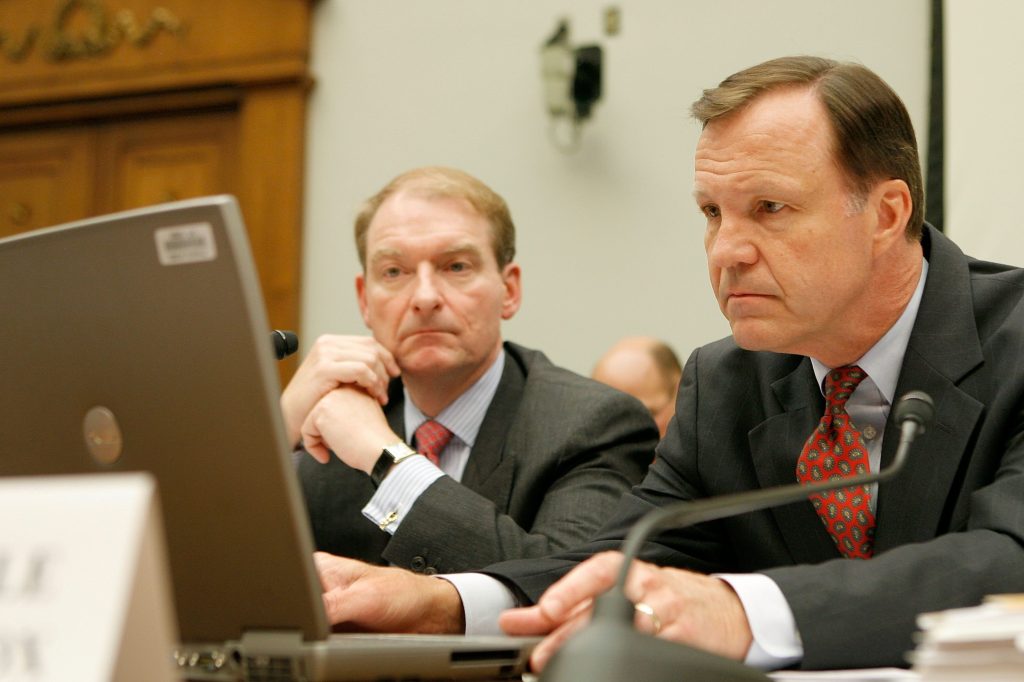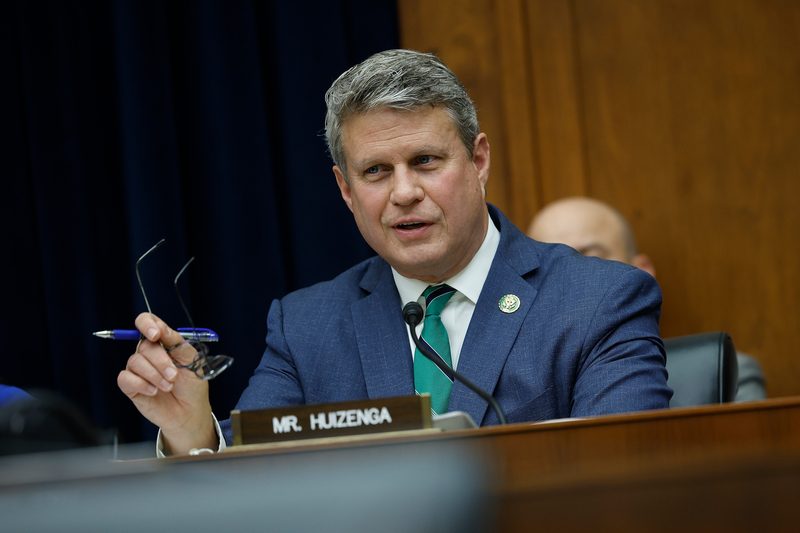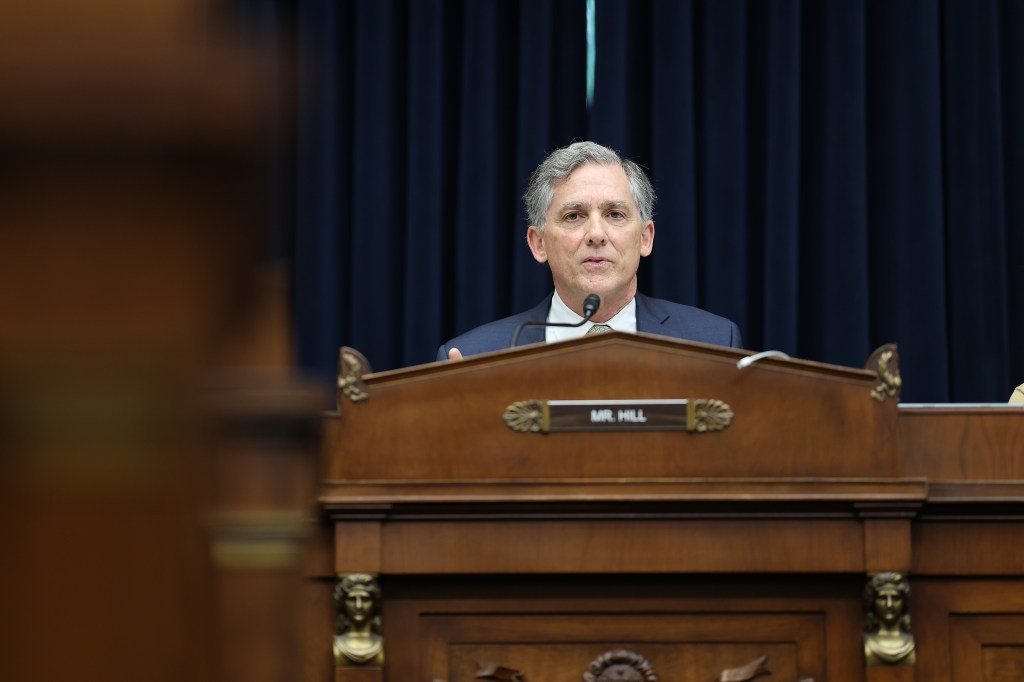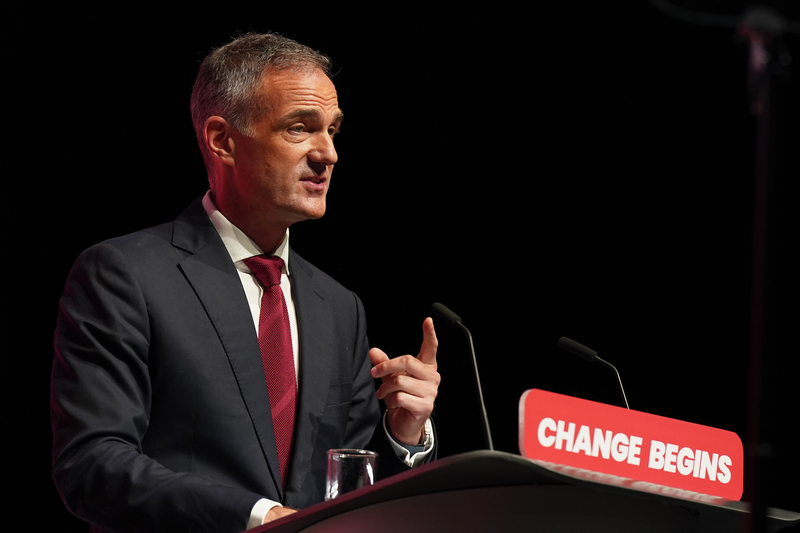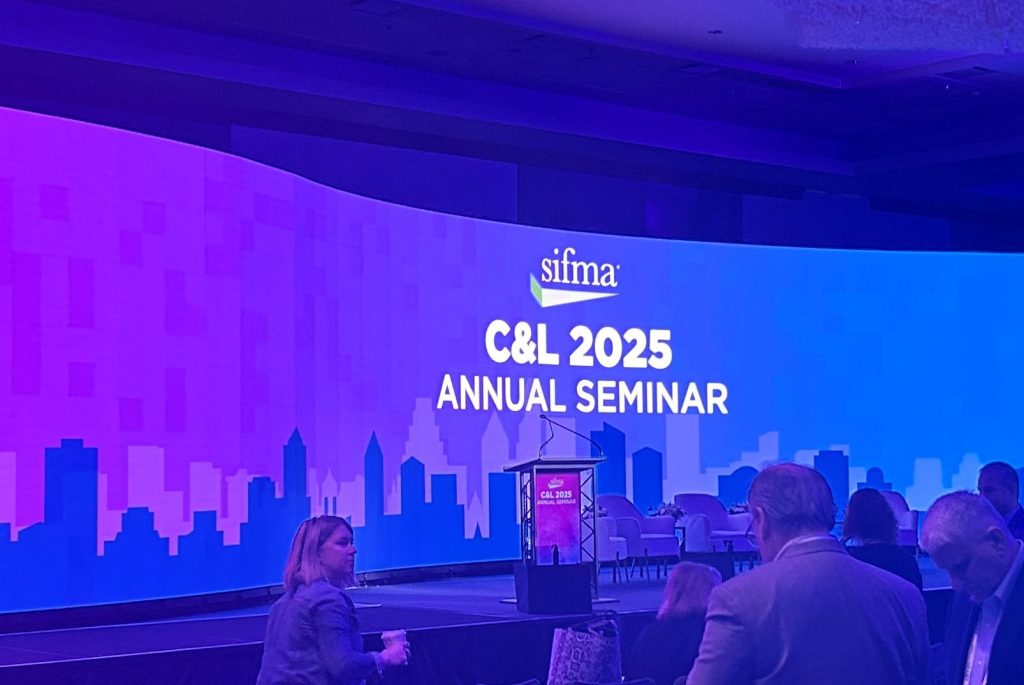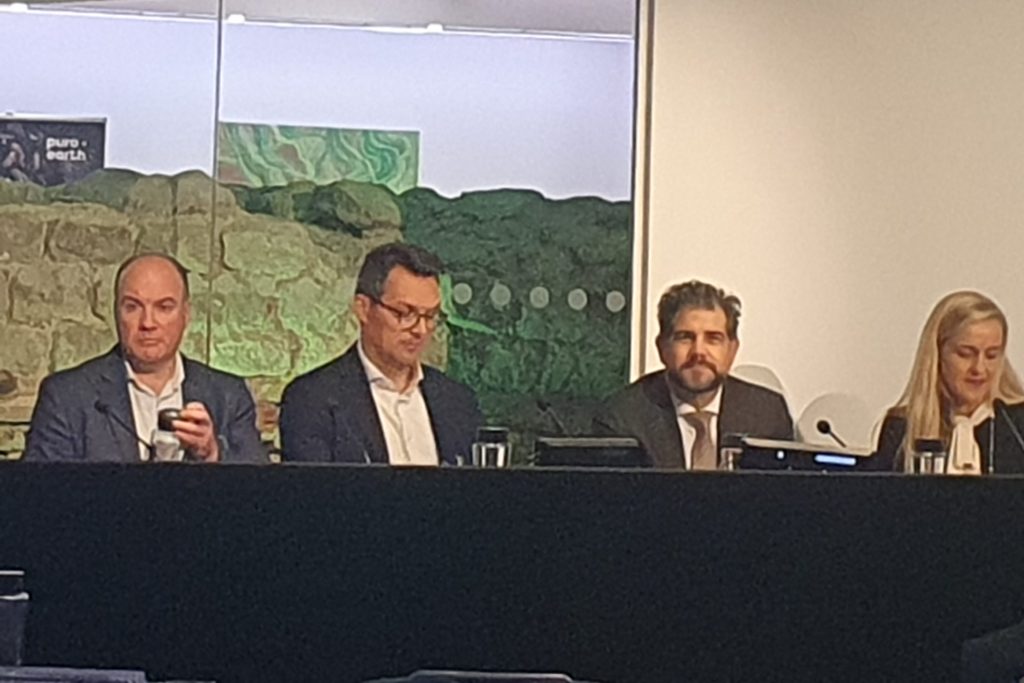The voluntary carbon markets (VCM) are an essential tool in fighting climate change and supporting the transition to net zero. There is a widespread consensus on the need for a global, scalable, VCM that will enable companies and investors to build on their net zero strategies through market-based initiatives in which high-quality carbon credits, also known as carbon offsets, are purchased and sold bilaterally or on spot exchanges.
In VCMs, individuals and organizations can purchase carbon credits to offset their emissions from a variety of activities, such as travel, energy consumption, and waste production. Carbon credits represent emissions that have been avoided or reduced by projects that support renewable energy, energy efficiency, forestry, and other climate change mitigation measures.
VCMs provide a financial incentive for businesses and individuals to reduce their emissions and invest in climate solutions. These markets can also help to direct investment to developing countries, where many of the most cost-effective emissions reduction opportunities exist.
Integrity of the markets
Keynote speaker Annette Nazareth, Chair of the Integrity Council for the Voluntary Carbon Market (ICVCM) said: “The voluntary market can be a good solution but only if it is routed in high integrity.” The VCM is currently estimated to be worth around $2 billion, and Morgan Stanley predict it could reach $100 billion by 2030.
The quality of credits being traded in the market is inconsistent and not all carbon credit programs impose the same quality standards. “The VCM doesn’t consistently deliver on its promises or meet its purchasers’ expectations or urgent need of our planet. This creates a lack of confidence for the market,” Nazereth said.
The ICVM has introduced a set of core principles to define internationally what a high-quality carbon credit should look like.
“You can’t rely on good actors doing good things forever.”
Lukas May, head of expansion and policy, Isometric
The Core Carbon Principles (CCPs) are a global benchmark for high-integrity carbon credits that set rigorous thresholds on disclosure and sustainable development.
“Our goal has been to create a voluntary compliance market that is as much like a regulated market as possible,” said Nazereth. She invited governments to take on the jurisdiction for regulating the VCM and said that the ICVCM “welcomed cooperation with governments in any way”.
Throughout the day, many commentators acknowledged that the ICVCM was filling a regulatory gap.
ICVCM 10 Core Carbon Principles
The principles fall into three categories:
A. Governance
1. Effective governance
The carbon-crediting program shall have effective program governance to ensure transparency, accountability, continuous improvement and the overall quality of carbon credits.
2. Tracking
The carbon-crediting program shall operate or make use of a registry to uniquely identify, record and track mitigation activities and carbon credits issued to ensure credits can be identified securely and unambiguously.
3. Transparency
The carbon-crediting program shall provide comprehensive and transparent information on all credited mitigation activities. The information shall be publicly available in electronic format and shall be accessible to non-specialised audiences, to enable scrutiny of mitigation activities.
4. Robust independent third-party validation and verification
The carbon-crediting program shall have program-level requirements for robust independent third-party validation and verification of mitigation activities.
B. Emissions Impact
5. Additionality
The greenhouse gas (GHG) emission reductions or removals from the mitigation activity shall be additional, for example they would not have occurred in the absence of the incentive created by carbon credit revenues.
6. Permanence
The GHG emission reductions or removals from the mitigation activity shall be permanent or, where there is a risk of reversal, there shall be measures in place to address those risks and compensate reversals.
7. Robust quantification of emission reductions and removals
The GHG emission reductions or removals from the mitigation activity shall be robustly quantified, based on conservative approaches, completeness and scientific methods.
8. No double counting
The GHG emission reductions or removals from the mitigation activity shall not be double counted, which means they shall only be counted once towards achieving mitigation targets or goals. Double counting covers double issuance, double claiming, and double use.
C. Sustainable Development
9. Sustainable development benefits and safeguards
The carbon-crediting program shall have clear guidance, tools and compliance procedures to ensure mitigation activities conform with or go beyond widely established industry best practices on social and environmental safeguards while delivering positive sustainable development impacts.
10. Contribution toward net zero transition
The mitigation activity shall avoid locking-in levels of GHG emissions, technologies or carbon-intensive practices that are incompatible with the objective of achieving net zero GHG emissions by mid-century.
Challenges associated with VCMs
Financial institutions should be aware of the following risks associated with VCMs:
- Greenwashing: Organizations that participate in VCMs could be accused of greenwashing if they are not able to demonstrate that their carbon offsets are real, measurable, additional, permanent, and verifiable (MRVAP).
- Legal risk: Organizations that participate in VCMs could be in breach of their legal obligations if they do not properly account for their carbon credits or if they purchase carbon credits from fraudulent projects.
- Reputation damage: Organizations that participate in VCMs could damage their reputation if they are associated with projects that have negative social or environmental impacts.
Call for regulation
The VCM has been developed largely outside of government activity. It operates through a complex network of registries, auditors, consultants, and project developers, all of which currently function without regulatory oversight.
Panellist Martin Berg, CEO of Climate Asset Management, said he would like to see one regulator with clear transparency “on what credits are in and what credits are out”.
Simon Puleston Jones, CEO of Climate Solutions, called for regulation, saying that it is needed to grow confidence with buyers. He added “tried and tested concepts should be introduced”, suggesting standardization and taxonomy, both of which are used by the trade association ISDA (The International Swaps and Derivatives Association). Standardization ensures a common language, develops trust between banks and counter-parties, and encourages good conduct. He also warned that regulatory rules should be global and there should be equivalence, citing IOSCO (The International Organization of Securities Commissions) as the leading international regulator.
Ingrid York, partner at White & Case, said: “The demand side want regulation and transparency around usage, and the regulation of registers, if markets are to scale.”
Lukas May, head of expansion and policy at Isometrics said: “A regulatory framework should be in place to build up trust, [for example] without regulation there wouldn’t be drinkable water and cars that didn’t blow up.
“You can’t rely on good actors doing good things forever.”




